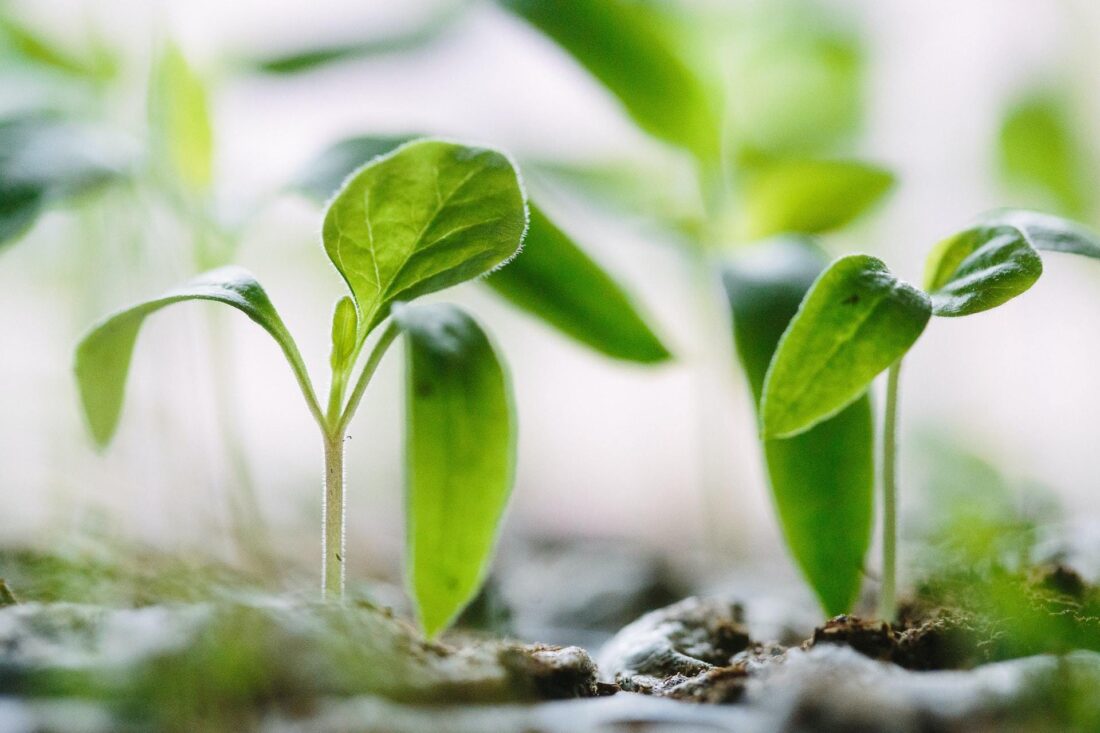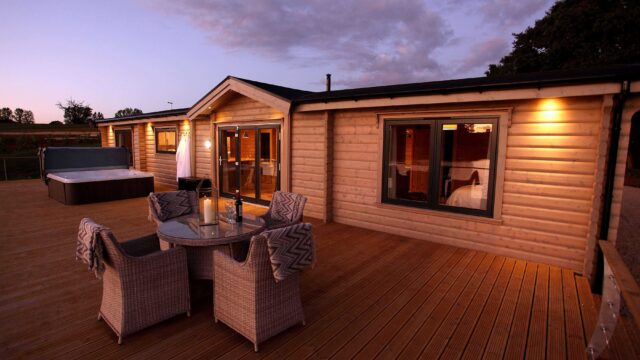Container clever crops for your garden

We’re excited to announce that later this summer we’ll be launching a new garden planter range, made from the same high-quality log that our buildings are constructed from. Gardening journalist Kim Stoddart has been lucky enough to try out a couple and here she writes about how to plan and plant out in containers for bumper, low maintenance harvests...
It’s no wonder so many people have got into edible gardening during lockdown. The freshness and flavour of just picked fruit and vegetables will surpass anything you can buy and the process of nurturing your own food feels so incredibly wholesome and good, especially now.
Containers provide an attractive home for crops and can be placed in a sunny spot around any existing garden or patio layout and design. They offer a great way to get started quickly and after filling with multipurpose, peat free compost you are very much good to grow.
Choose your planting
With so many delicious edibles on offer, it can be hard to know where to start, so I would recommend honing in on that which you enjoy eating most. In a deep, sizeable container such as these you can successfully grow everything from potatoes, beetroot, carrots and kohlrabi, to peas, French or runner beans, fennel, strawberries, spring onions, summer herbs like basil and coriander, parsley, spinach and a wide range of salad leaves such as lettuces and rocket reliably and easily.
In a protected south facing spot, (or warmer parts of the UK) you can also grow tomatoes, peppers, chillies and aubergines. Likewise, in a rich, fertile soil you could also make room for a courgette or squash plant if that is something you would really like to include. They will reward you with ample fruits in return. Although the squash will spread far and wide, it could be trailed along the ground nearby to enable you to maximise the space in the container itself and grow other produce alongside.
Mix and match produce
I highly recommend growing a range of different fruit and vegetables to make the best use of your raised bed. If you just allow sufficient space (at least two foot) between crops of the same family you can create a bumper biodiversity which will widen the harvest available. Doing so will also afford you with a greater degree of natural pest control as it’ll be much harder for e.g. carrot fly to move in, than if a block of carrots is present.
Start with the taller/ hungrier crops (tomatoes, cucumber, peas or beans) and space them out in your container, remembering to leave distance between fruits, brassica or legumes. Then layer with herbs, beetroot, carrot, kohlrabi, fennel or radish seedlings and fill gaps with salad leaves which are quick growing and very light on the soil.
Tops tips to reduce your watering needs
Containers have a reputation for drying out quickly and requiring regular watering. The larger the growing space the less so this will be, but also to reduce the amount of to and fro required keeping plants quenched, here are some easy measures to take:
- Water deeply less often (first thing or late evening when it’s cooler)
- Mulch with compost around water hungry plants
- Try and avoid bare ground by using salad leaves as fillers to stop soil drying out so quickly
Image - Francesco Gallarotti, Unsplash
Next Article

 Exclusive Norwegian supplier
Exclusive Norwegian supplier